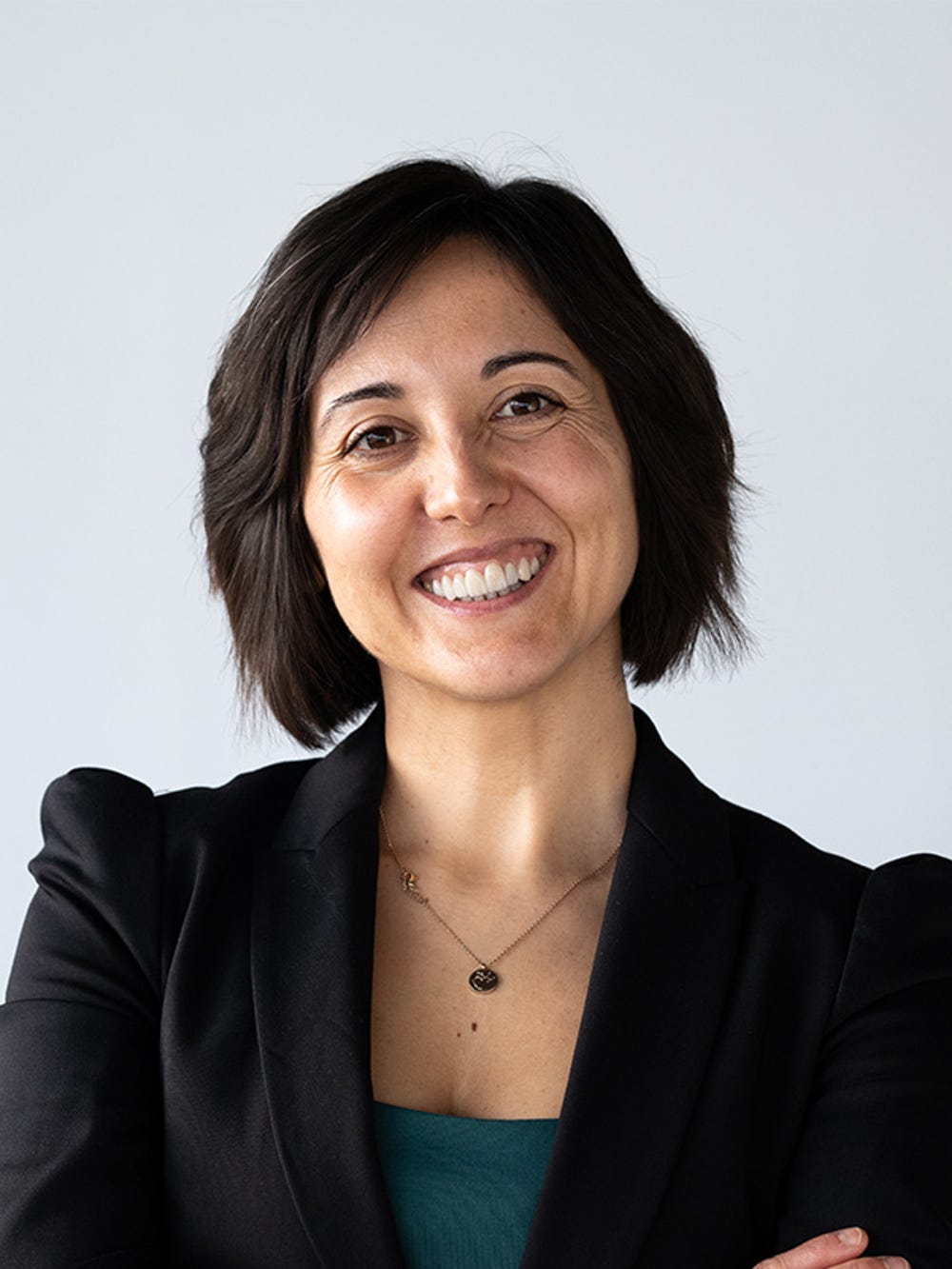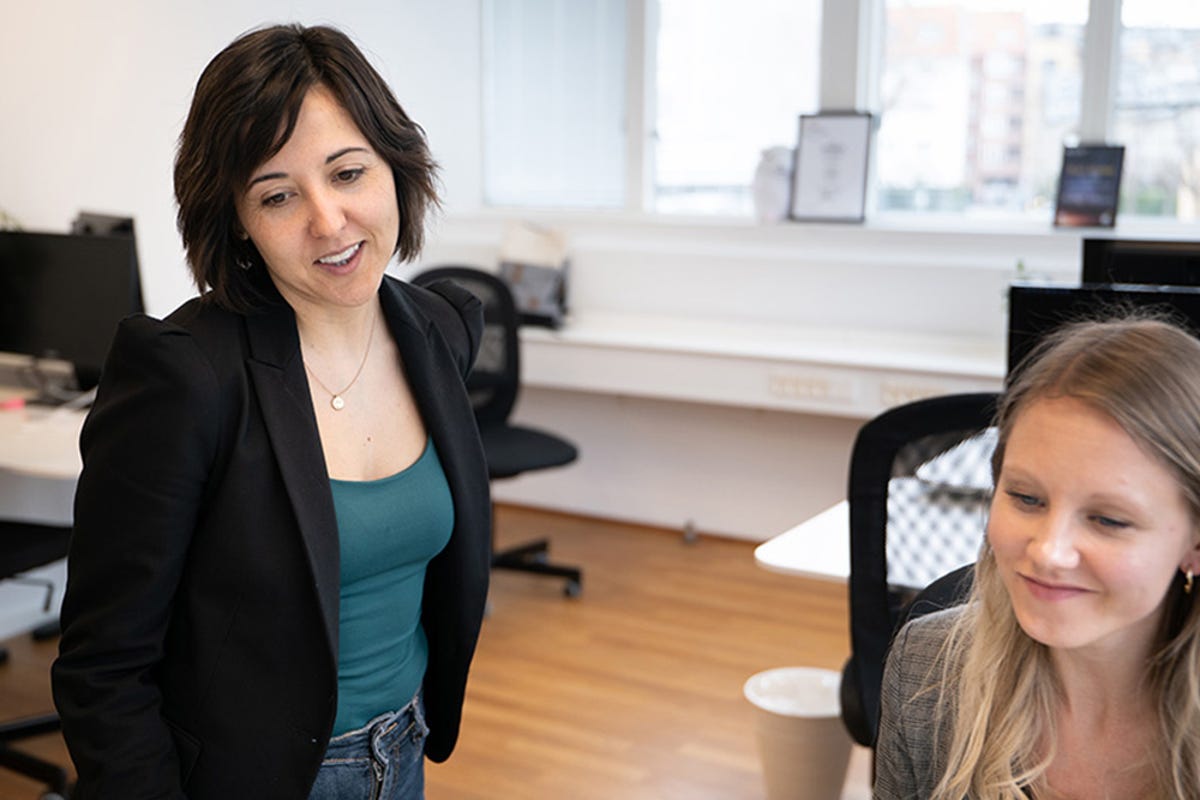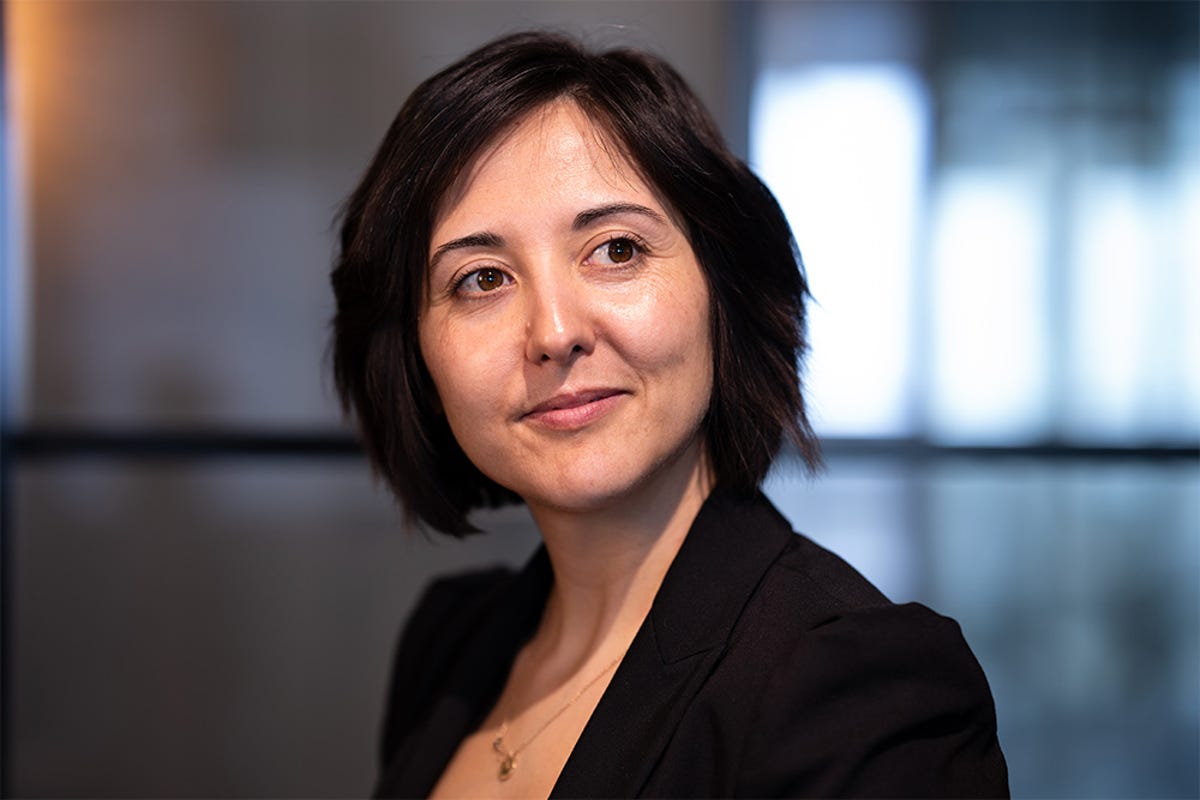Fellow Portrait
Jenifer Clausell-Tormos
Develop Diverse

Develop Diverse is an AI-powered software that functions like a spell-checker to automatically detect social biases across an organization’s communication platforms and suggest inclusive alternatives.
Europe
DENMARK
Fellow
2021
Updated March 2021
Unconscious bias is encoded in language
Tech-related organizations today are short more than a million workers globally, a number expected to grow fourfold by 2030. They are missing out on talent from minority groups, which could fill the gap to support their business growth. Yet women, ethnic minorities, and older workers often feel unwelcome and don’t bother applying.
The words used in recruitment ads contribute, often unintentionally, to this environment of exclusion. Non-inclusive language reinforces unspoken biases and discourages women and minority candidates from pursuing opportunities for which they’re qualified. Such language also contributes to high turnover among underrepresented groups, further lowering diversity.
Staff training is the usual remedy for overcoming unconscious bias. However, training is time consuming, resource-intensive, and difficult to scale.
Diversity means more than just gender. For me it means ethnicity, it means age, it means sexual orientation, it means neurodiversity, it means physical disabilities, and much more.

Rejecting culturally embedded sexism
Jenifer Clausell-Tormos grew up in Spain in a family that exemplified stereotypical gender roles. “My father had only to take care of his work. My mother had to juggle a job and housework,” she says. Her experience motivated her to pursue a career outside Spain. “I was unhappy about the sexist culture I experienced in my home country.”
She began to understand the problem of unconscious gender bias in hiring while working as a biomedical research scientist. She dove into the peer-reviewed literature, which described how job-description language could affect candidates’ perceptions of whether they were qualified. “I started understanding how certain words like ‘ambitious’ or ‘logical’ can have positive connotations when related to men while communicating negative ones in relation to women. Stereotypes affect our perception of language,” Jenifer says.
Our purpose is to help the user become conscious of the unconscious biases in their daily language. Eventually—I hope within a few decades, rather than a century!—this will trigger a behavioral change.

More qualified applicants and a smaller gender gap
Jenifer’s increasing awareness of the negative consequences of language bias led her to start Develop Diverse in 2017. The company’s inclusive writing platform automatically analyzes text-based content and proposes inclusive alternatives. Customers type or paste in text. Within seconds, the platform highlights words that may discourage applicants, and color codes words related to gender, ethnicity, age, neurodiversity, physical disabilities, or LGBTQ+. When a user’s cursor hovers over the highlighted words, the software proposes inclusive alternatives. Users can click to immediately replace non-inclusive text. “At the same time, the software provides an explanation for why a word is non-inclusive,” Jenifer says.
Companies using Develop Diverse have seen their total applicant pools and the number of women applicants increase by up to 300 percent.
“Our vision is to create equal opportunities by normalizing diversity using technology,” Jenifer says. The company’s long-term goal is to move beyond job- and career-related text to analyze all types of corporate content, and then go further to include all types of communication. In education, for example, books used for classroom instruction often contain content that unconsciously reinforces cultural and societal stereotypes. “Our software could be used by every individual for any communication channel. Any text we write that could affect people can be checked as we are writing it.“
Develop Diverse’s long-term vision of eliminating unconscious bias from our vocabulary through technology-based systems will contribute to transforming the societal constructs that inhibit minorities from equal opportunities.
What drives us is when a customer shows us they got 15 percent more females hired in leadership thanks to our software, and 85 percent more women applicants in STEM or managerial positions.


